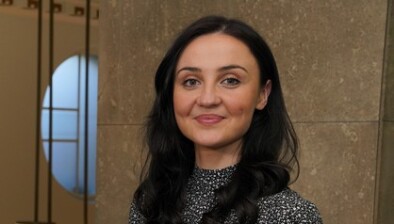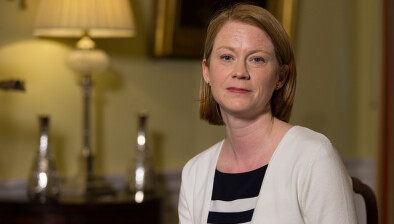Scottish Household Survey 2022 results published

Scotland’s Chief Statistician has released the results of the 2022 Scottish Household Survey.
In 2022 most (95%) adults rated their neighbourhood as a good or very good place to live, and over half (57%) felt there were places to meet up and socialise.
The proportion of adults experiencing feelings of loneliness in the last week increased from 21% in 2018 to 23% in 2022.
Half (50%) of households said they were managing well financially in 2022, a decrease since 2019 (56%).
Satisfaction with the three main public services (local health services, schools and public transport) decreased from 53% in 2019 to 40% in 2022. The largest drop was for satisfaction with local health services (from 80% in 2019 to 64% in 2022), although levels of satisfaction were lowest for public transport (58% in 2022).
In 2022, as in 2019, most (93%) families who used Scottish Government-funded Early Learning and Childcare (ELC) were satisfied with it, and only 1% were dissatisfied.
Climate change was more likely to be perceived as an immediate and urgent problem in 2022 (74%) than in 2019 (68%). The largest increases were amongst those aged 25-34 (67% in 2019 to 78% in 2022) or aged 75+ (56% in 2019 to 65% in 2022).
More adults reported living within a five-minute walk of their nearest green or blue space in 2022 (70%) than in 2019 (66%). They were also more likely to visit the outdoors at least once a week in 2022 (70%) than in 2019 (56%).
More than eight in ten (82%) adults had taken part in physical activity in the previous four weeks, an increase from 2019 (80%). Taking part on more than 14 days in the previous 4 weeks also increased (from 51% in 2019 to 54% in 2022).
The proportion of adults participating in cultural activities was the same in 2019 and 2022 (75%), but there has been a decrease in adults attending cultural events or places of culture (from 81% in 2019 to 74% in 2022). Involvement in formal volunteering activities has also decreased (from 26% in 2019 to 22% in 2022).







